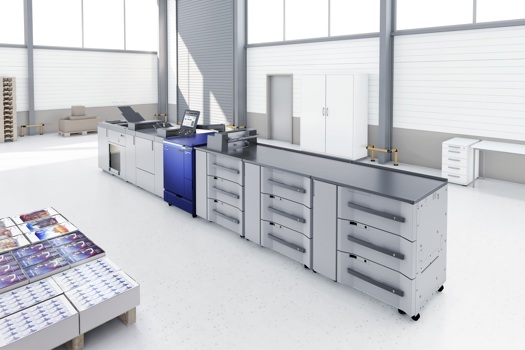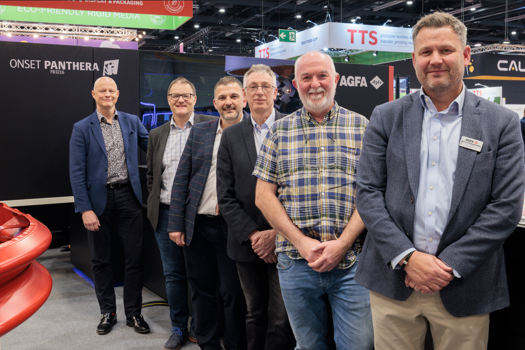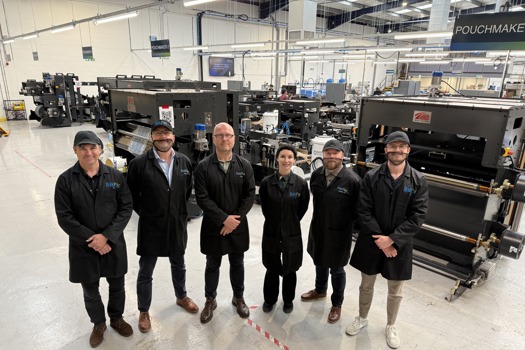It is claimed to be a major modification and improvement of the Dicon prototype shown at Drupa 2000.
The new machine is primarily aimed at the newspaper market and is claimed to be capable of producing 150 conventional UV plates per hour or 230 projection plates per hour (at 900dpi).
Compared with visible and thermal CTP plates, the cost savings for high-volume users, from sticking to conventional plates, are extremely significant.
The firm has also set its sights on the commercial market, where it will achieve a throughput of 34 8pp plates per hour.
The firm was unavailable for comment as PrintWeek went to press, but it is understood that, like the Dicon, the new machine will use a high-powered conventional UV lamp as an exposure source rather than a laser.
Oxford-based academic journal printer Alden Brothers was set to be the UK beta site for the Dicon and at the time it was announced the machine was scheduled to be installed at the end of last year (PrintWeek, 1 September 2000).
BPE will reveal more details at Ipex.
Story by Barney Cox
Have your say in the Printweek Poll
Related stories
Latest comments
"Very insightful Stern.
My analysis?
Squeaky bum time!"
"But in April there was an article with the Headline "Landa boosts top team as it scales up to meet market demand", where they said they came out of last year’s Drupa with a burgeoning order..."
"Yep. Tracked is king."
Up next...

Print services required
Trio of new tenders up for grabs

Greater automation and ease-of-use
Konica Minolta enhances AccurioPress C7100 series

Energy savings and wider gamut
Wilmot-Budgen takes first LED Onset

Weekly one million mark


